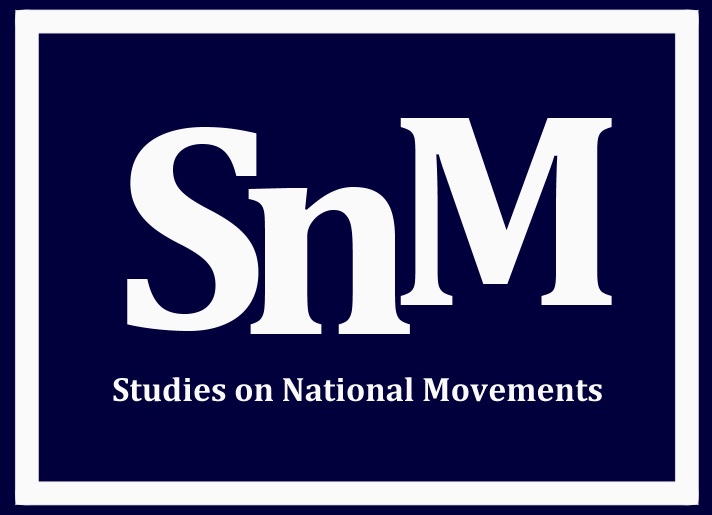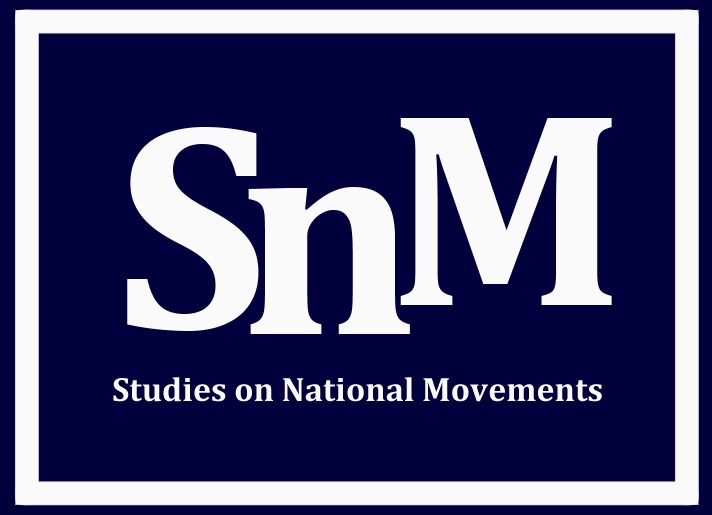Abstract
The Soviet aggression against Poland at the outbreak of the Second World War resulted in the annexation of more than 50% of the pre-war Polish territory to the Soviet Union, with the rest occupied by Germany. With a focus on western Ukraine, the initial period of Soviet rule is reviewed in the context of the German-Soviet geopolitical alliance, the troubled history of inter-ethnic relations, and the changes imposed by the regime. The situation at Lviv University illustrates the shift from Polish to Soviet sovereignty. In the autumn of 1939, with the earlier antisemitic policies lifted, many Jews applied for admission to the university under Soviet control. The university files show how the political changes were perceived at the time. They also highlight the influx of refugees escaping the German occupation in the rest of Poland. On a broader level, Soviet policies introduced contradictions that had a negative impact on all ethnic groups within the annexed territory. Even though the Soviets granted the right to citizenship to Polish citizens under their control, the regime unleashed systematic repressions. Removed from key positions, Poles were targeted by Soviet propaganda and the security apparatus. Despite a façade of Ukrainization, local Ukrainians were distrusted and their pre-war leaders persecuted. Jews were generally relieved that they had escaped falling under the Nazis. While some of them gained access to higher education and positions in the civil administration, many others were arrested and deported to labour camps, because of their pre-war political affiliations, ‘undesirable’ class distinctions, and refugee status.
Keywords: ethno-nationalism, Germany, Lviv, Poland, Soviet Union, Ukraine, the Second World War
How to Cite:
Zalewski, A. & Kahane, T., (2023) “Lviv Under the Soviets (1939-1941): Students, Refugees and Deportees”, Studies on National Movements 12(1), 101- 131. doi: https://doi.org/10.21825/snm.90193
Downloads:
Download PDF
View PDF

